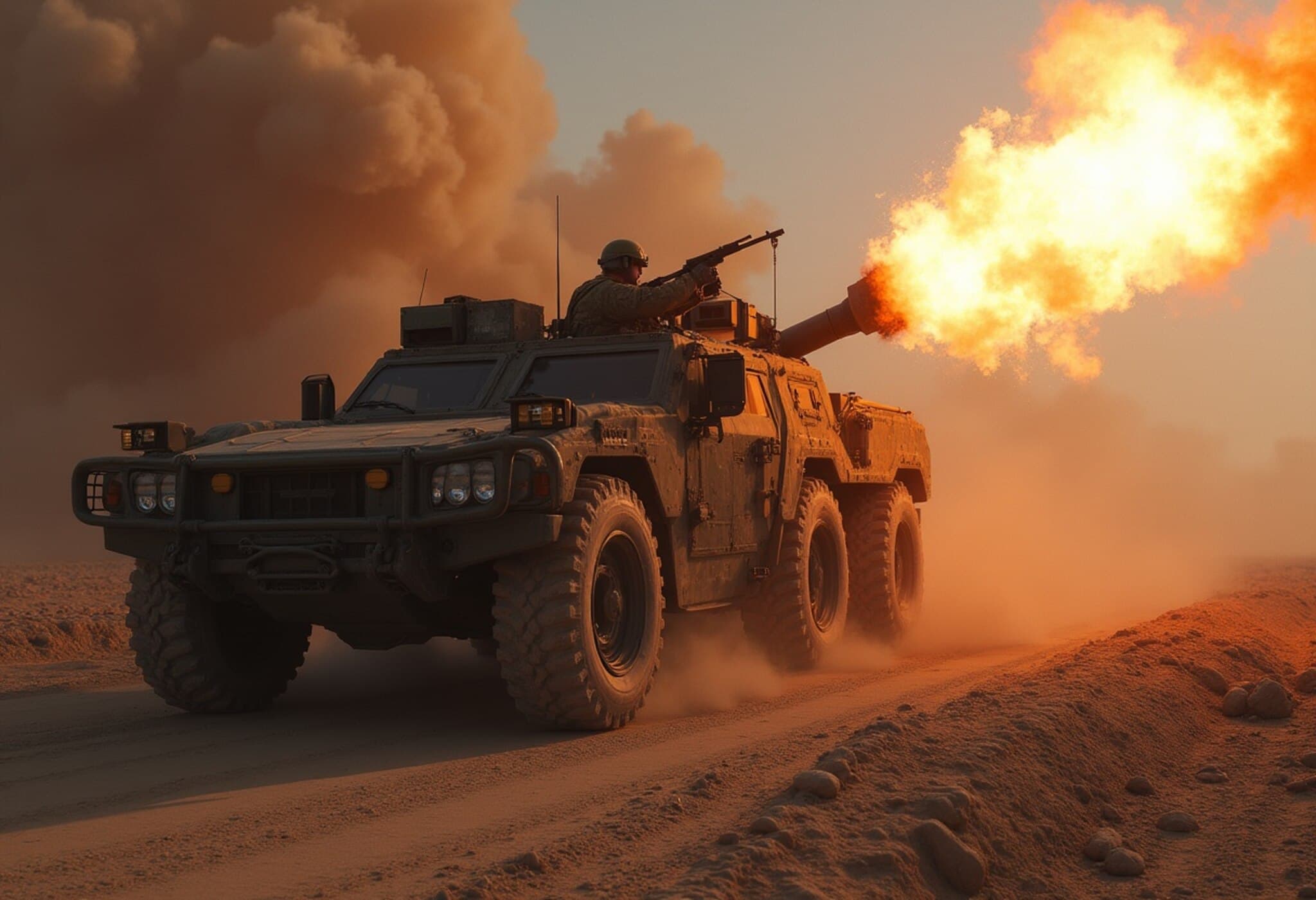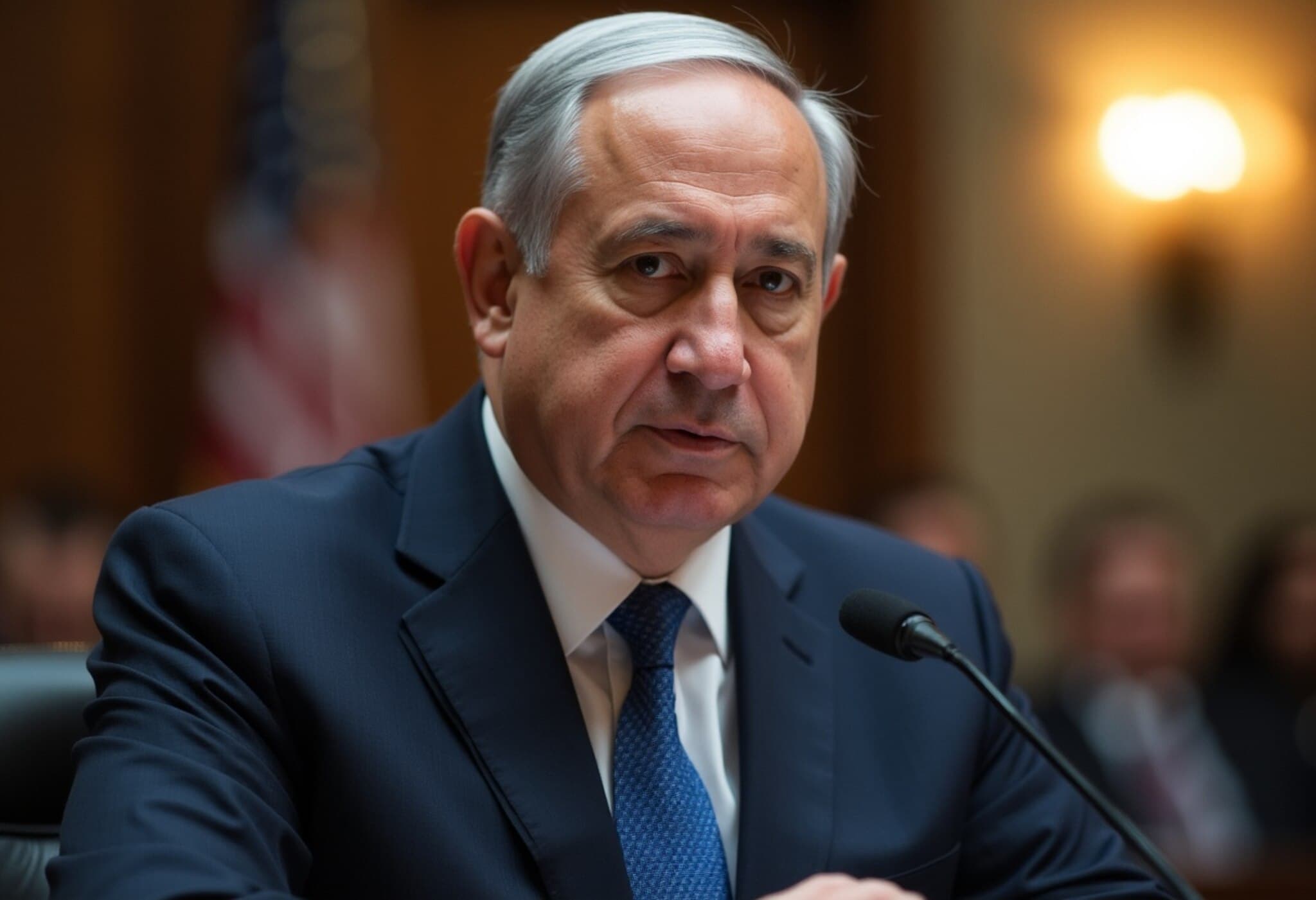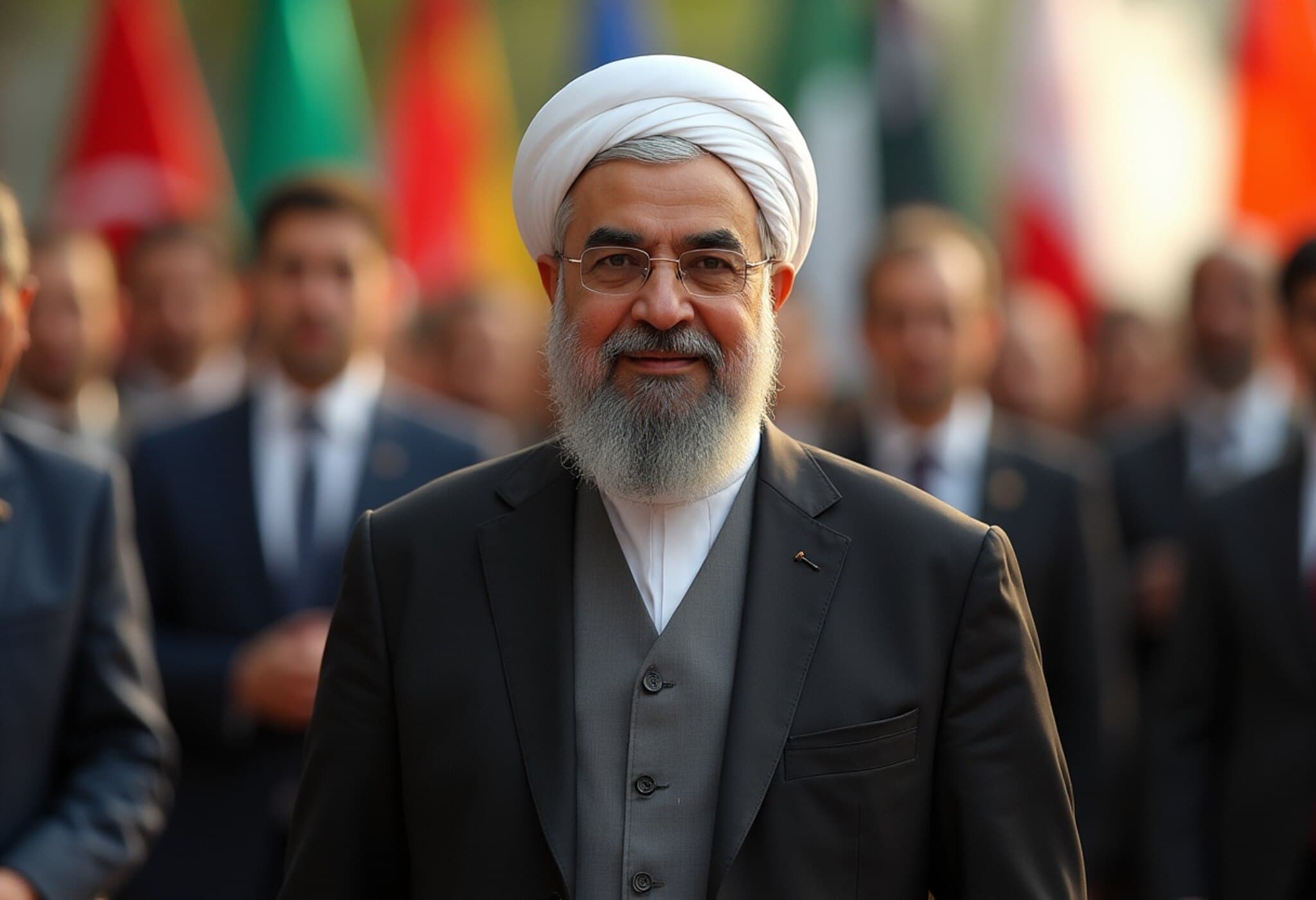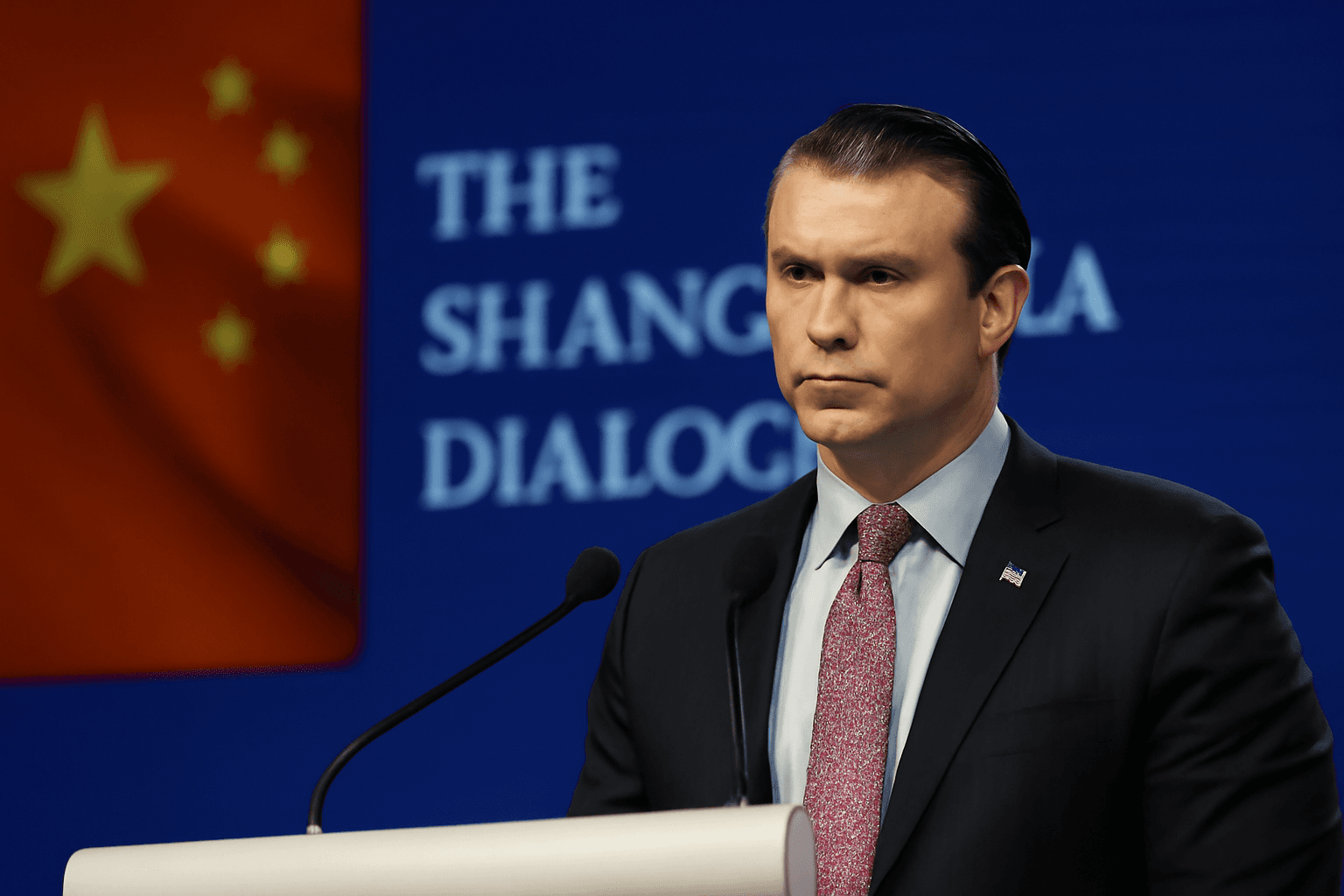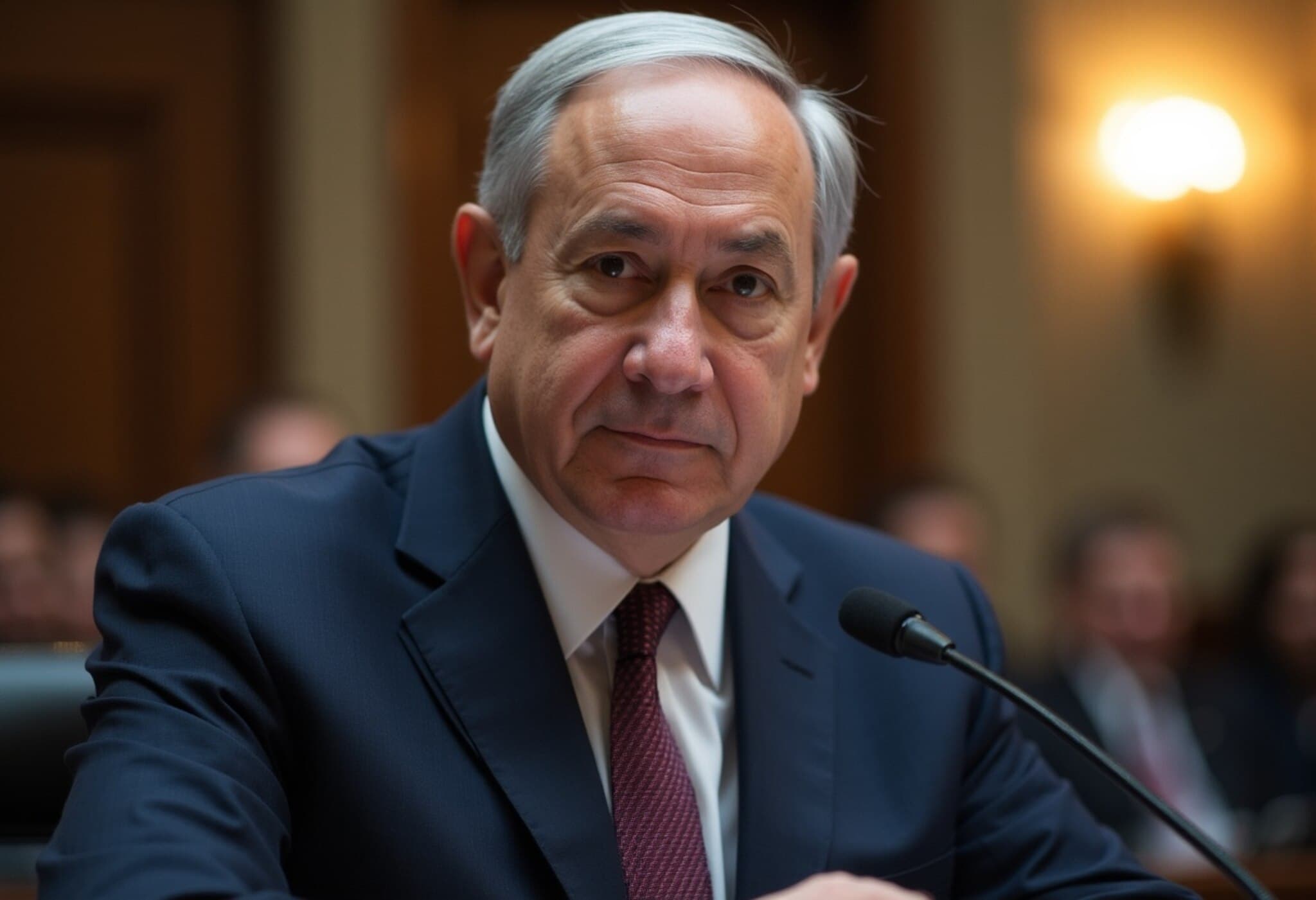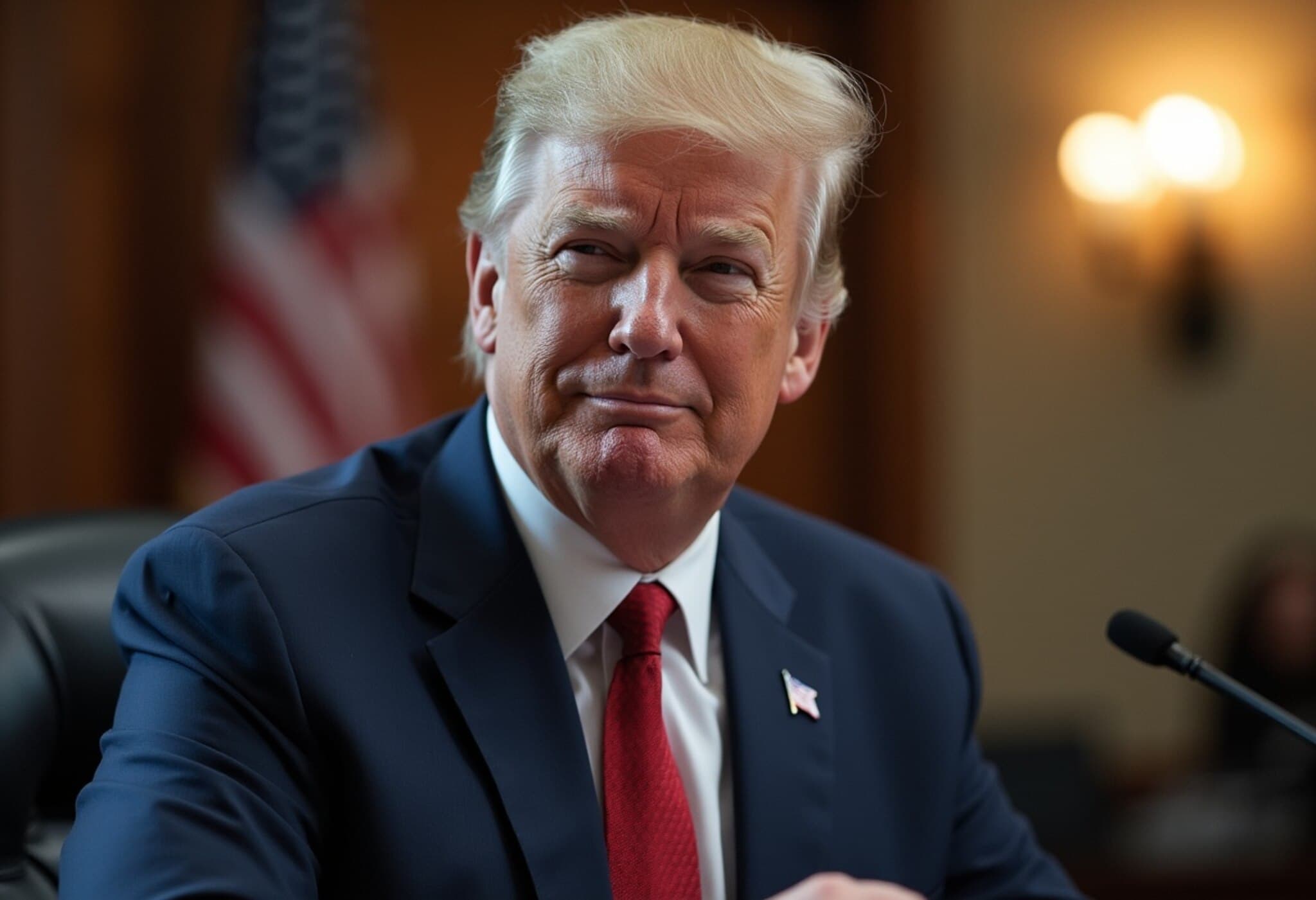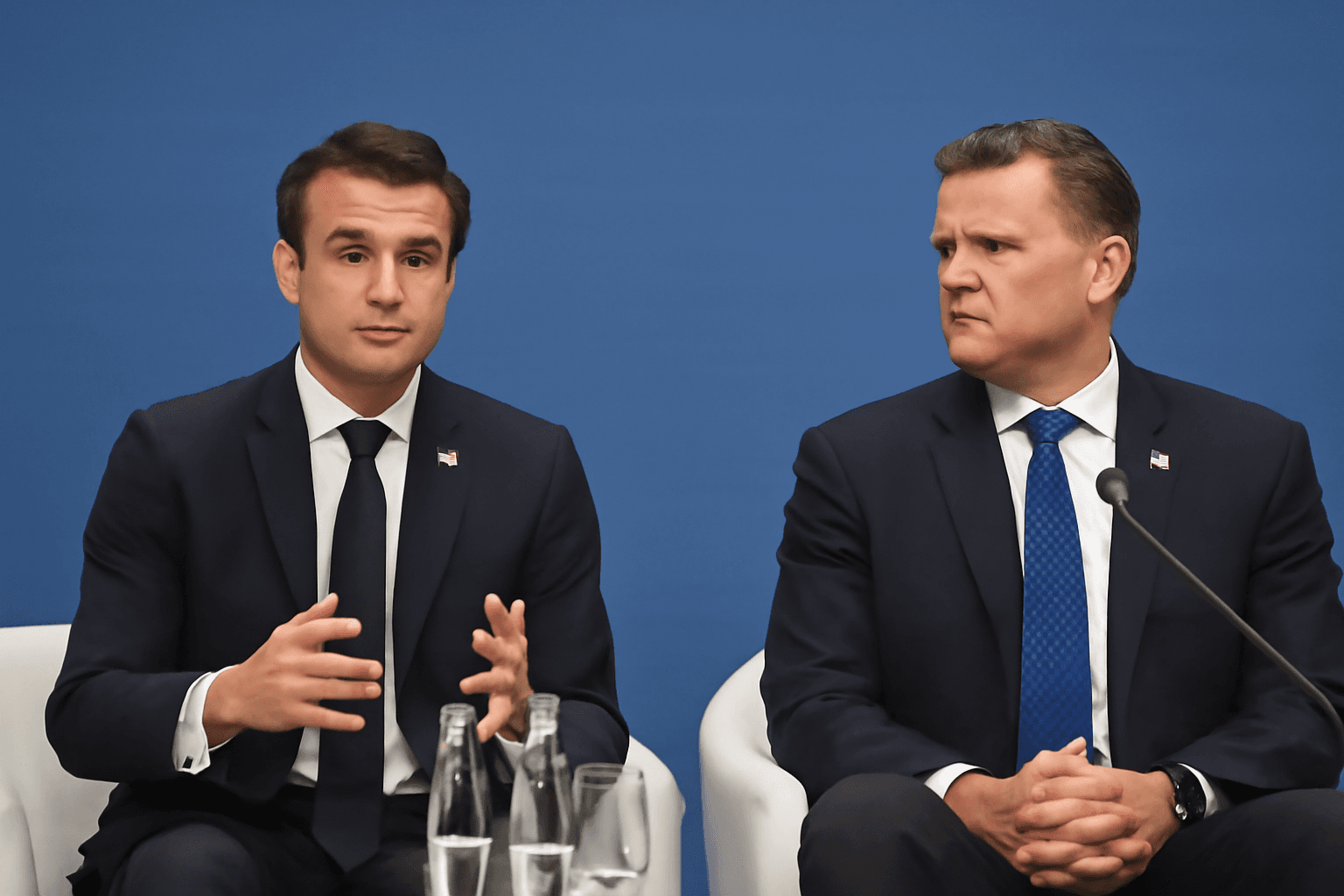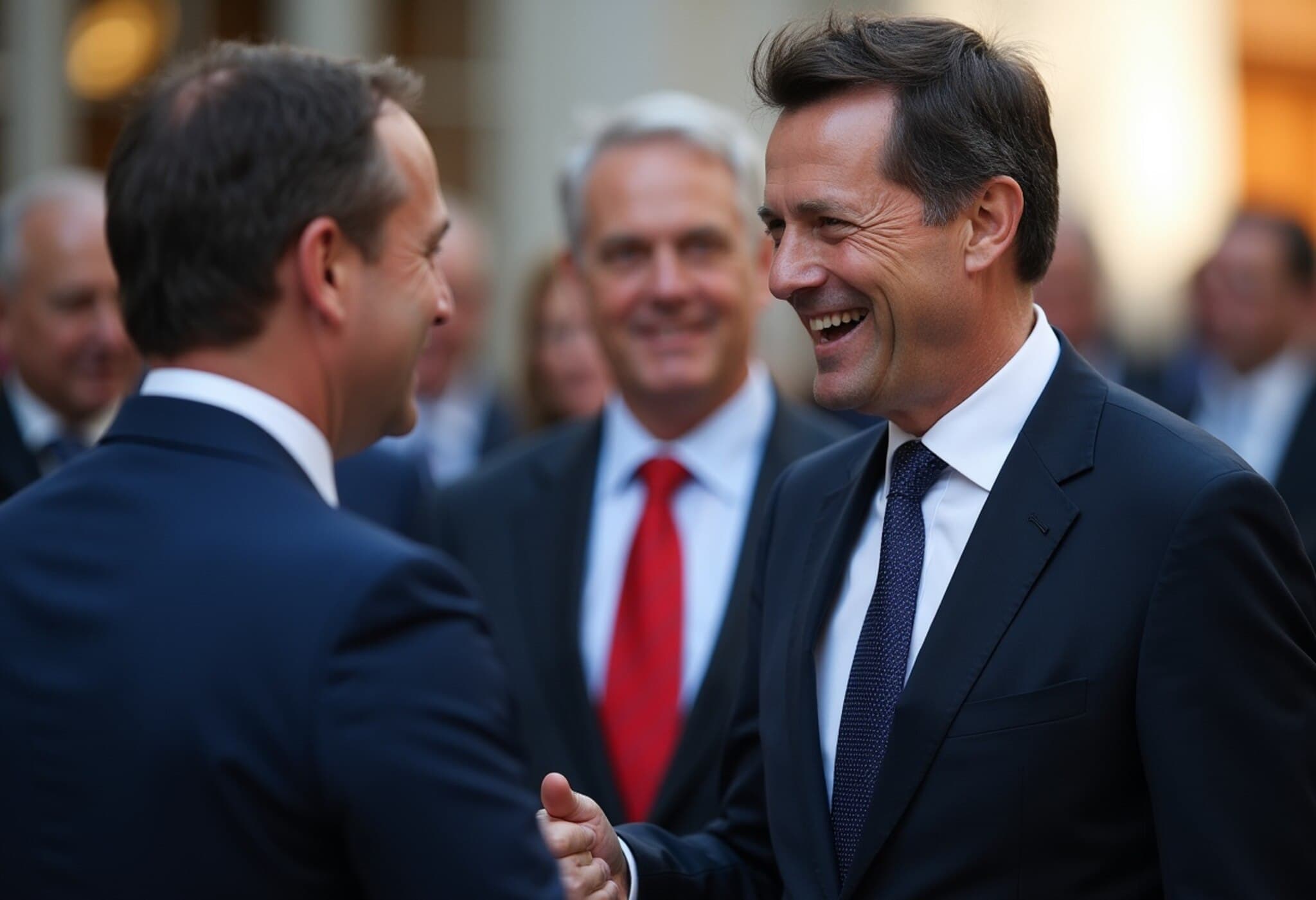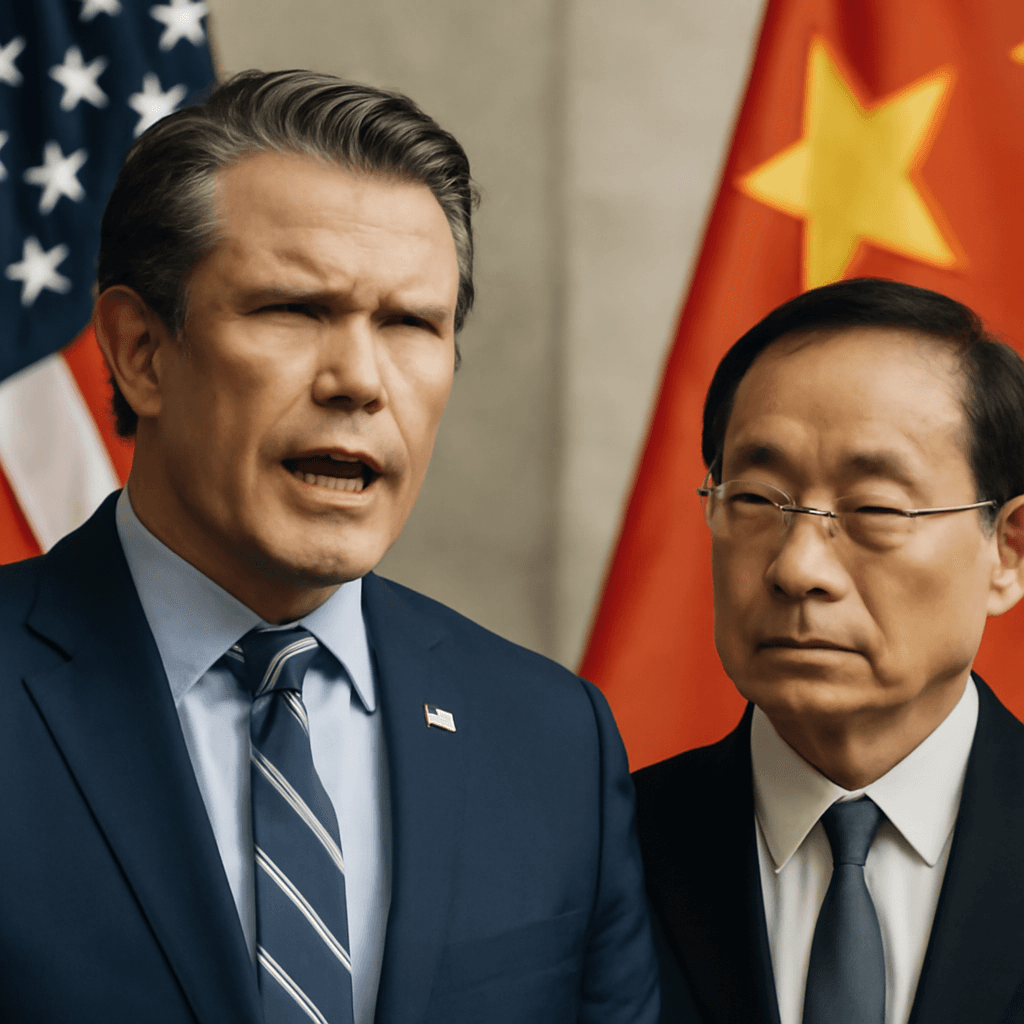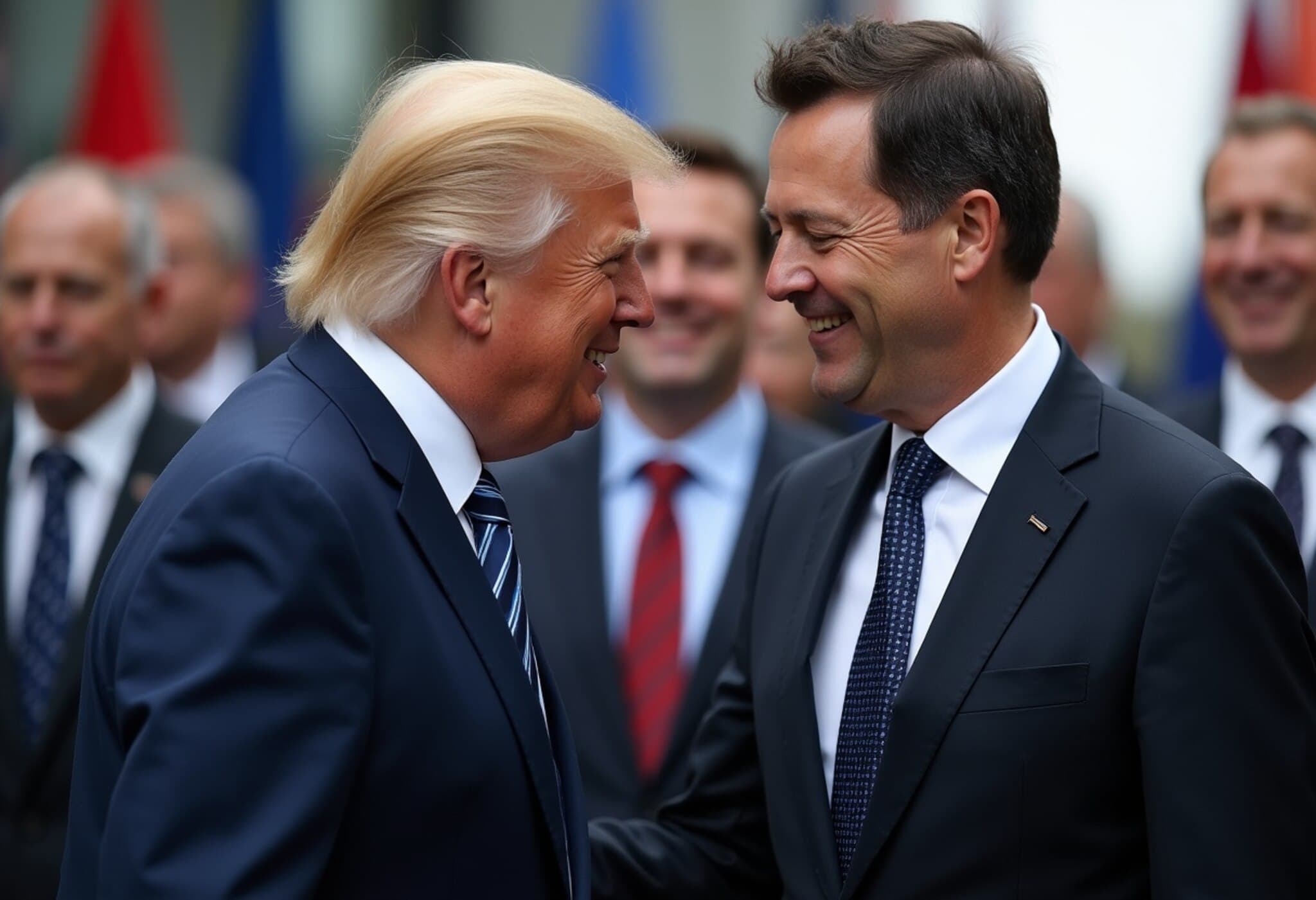NATO Inches Closer to a 5% Defence Spending Goal
US Defence Secretary Pete Hegseth announced that NATO allies are approaching a consensus to increase their defence spending target to 5% of gross domestic product (GDP). This marks a significant shift from the current 2% target and reflects a long-standing demand to enhance collective military preparedness.
Background and Context
The proposal to raise defence spending to 5% has been strongly advocated by leaders seeking to strengthen NATO's capabilities amid evolving global security challenges. While none of the member countries currently meet the 5% threshold, including the United States, there is notable progress toward adopting the new target.
Statements from NATO Leadership
After a NATO defence ministers meeting in Brussels, Defence Secretary Pete Hegseth highlighted the historical importance of this development, emphasizing that many countries have already surpassed the 2% spending goal. He noted a near-unanimous agreement on the 5% target, with exceptions expected to follow suit soon.
“From France to Germany, the Baltics to the Nordic countries, Poland, Greece, Hungary, and many more, commitment towards 5% defence spending is clear,” said Hegseth, underscoring the critical need given current global threats.
Capability Enhancement Initiatives
NATO Secretary-General Mark Rutte confirmed that defence ministers agreed on new capability targets to boost military readiness. These targets prioritize acquisitions such as long-range missiles, drones, air defence systems, and logistics assets to streamline rapid deployment.
“All these investments require adequate financing,” Rutte emphasized, signaling NATO's intent to align financial commitments with operational needs.
Spending Allocation Proposal
To meet the 5% objective, Rutte proposed a spending structure comprising:
- 3.5% of GDP focused on direct military expenditures
- 1.5% of GDP allocated to broader security-related initiatives, including infrastructure and defence-related activities
This combined effort is seen as essential for maintaining “hard power” within the alliance, according to Hegseth.
Challenges and Divergent Views
Despite broad support, some NATO members remain hesitant. Notably, Spain’s Defence Minister Margarita Robles stated a preference to maintain the current 2% target, emphasizing national priorities and the importance of meeting self-set objectives.
There is also ongoing debate over the timeline for achieving the 5% target. Suggestions include:
- Completion by 2032 (proposed by Rutte)
- Accelerated timelines advocated by Eastern European countries, such as Estonia seeking a five-year goal
- Sweden’s push for a 2030 deadline
Moreover, discussions continue regarding what types of spending qualify as “defence-related,” with potential inclusion of cybersecurity and certain infrastructure projects under consideration.
Investment Plans and Future Steps
Negotiations over NATO’s investment and capability plans are ongoing, with the expectation that new, historic defence commitments will be finalized shortly before the upcoming NATO summit scheduled for June 24–25. Proposed troop increases and equipment enhancements aim to balance defence burdens more effectively across member nations.
Germany, for instance, may require an additional 50,000 to 60,000 active troops to meet agreed targets, highlighting the scale of commitment involved.
Conclusion
The movement toward a 5% defence spending target represents a landmark shift in NATO’s strategic posture. While final agreement details and timelines remain under discussion, the alliance clearly recognizes the imperative to invest more substantially in collective security and military readiness.


